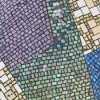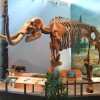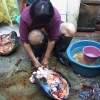Posts tagged dna
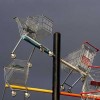
Jumping Down the Road to Cancer.
Aug 28th
Lying dormant in our genomes are millions of jumping genes. Originally discovered by Barbara McClintock, transposons are DNA sequences that can move from one location to another in our DNA. Transposons cause mutations when they jump to new locations, so keeping them from jumping is important. However, although transposons are largely silent, every person probably has a few “rare” sites, found in only a few people in the world, where a transposon has jumped to a new location.
Mutations in numerous pathways need to accumulate for cancer to progress. Given the ability of transposons to cause mutation and the role of mutation in More >
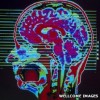
Jumping genes in your brain?
Apr 26th
Mobile chunks of DNA that walk their way from one position in the genome to another may affect neurological diseases and could have subtle influences on normal brain function and behavior, according to a recent study in Nature.
Alu is an example of a so-called “jumping gene” – a transposable DNA sequence that “reproduces” by copying itself and inserting into new locations throughout the genome. Alu elements are classified as SINEs, or Short INterspersed Elements. All Alus are approximately 300 bp in length and derive their name from a single recognition site for the restriction enzyme AluI located near the middle of the Alu More >
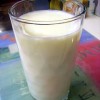
Evolution – Got Milk?
Feb 17th
After asking students during a lesson on mutations if it is possible that a mutation in DNA could be good, most students will nod yes without much understanding. Recently, I finally had one student raise his hand immediately and answer the question (with extreme surprise that no other students were blurting out the answer)…”evolution!” He was able to make the connection between changes in DNA that are building up over time, and how that change can possibly make that organism better in some way. If it helps the survival of an organism, that mutation is going to stick around and More >
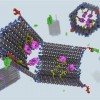
What do you get when you cross an immunologist, a nanotechnologist, and a geneticist? A DNA nano-robot!
Feb 17th
Welcome to the world of nanobiotechnology and translational research…
In a brilliant example of multidisciplinary research, Harvard Medical School’s Shawn Douglas, Ido Bachelet, and George Church combined forces to build nanostructures that would mimic the body’s immune system to recognize cancer cells and trick them into self-destructing. Their research is published today in Science but the discovery didn’t just happen overnight. It’s the culmination of several key discoveries going back several years, by researchers around the globe.
In 2006, Paul Rothemund at the California Institute of Technology, discovered “DNA origami,” where the Watson-Crick base-pairing rules are exploited to create molecules from viral DNA More >
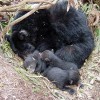
Hibernation – Why Not Me?
Feb 16th
It’s the season of hibernation, something I’ve always wished I could do. Oh, to wrap up in a ball, sleep away the winter, and wake to a beautiful spring day – like Bambi! Although the thought has always intrigued me, it never really occurred to me what a feat hibernation actually is. It turns out that all of the bears, squirrels, rabbits etc…. that I thought were just sleeping, are breaking biological laws!! If I was to stay dormant for 5 months, without food or drink and little to no movement in freezing temperatures I would die, so no hibernating More >
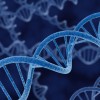
Controlling gene expression through diet
Feb 16th
Epigenetics is the study of chemical reactions that control the on and off switch of genes at specific times and the factors influencing them. Environment is a factor that influences epigenetic change which may encompass behavior, stress or diet. The easiest of the three to make observations from is diet. When we think of food, rarely do we think of chemical modifications to DNA and restriction of gene activity. Commonly we think of foods coming in and being broken down into nutrients to be utilized in metabolic pathways to make components the body can use. Interestingly one of the pathways More >

